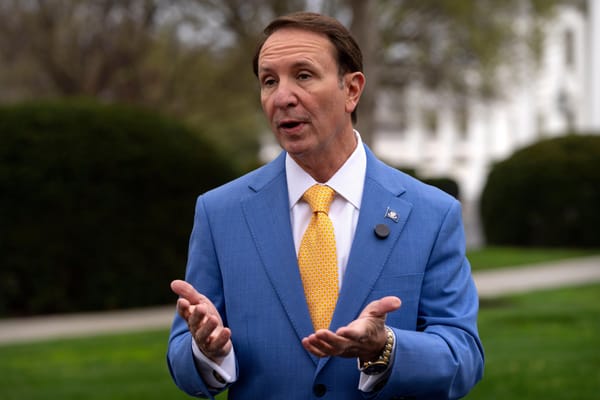C-band Seeing Propagation Struggles: Analyst
Verizon and AT&T are relying on the spectrum for their 5G networks.
Jake Neenan

WASHINGTON, July 23, 2024 – C-band spectrum might not be an ideal vehicle for 5G coverage, according to one telecom industry analyst.
MoffettNathanson Senior Managing Director Craig Moffett wrote in a note to investors yesterday that he’s skeptical of the 3.7 GHz band that Verizon, AT&T, and T-Mobile spent more than $78 billion combined on in 2021, arguing propagation issues are hampering coverage availability.
“Put simply, C-band isn’t very good spectrum,” Moffett wrote.
He cited a recent report from OpenSignal that found for Verizon, 5G customers actually connected to the 5G network only 7.7 percent of the time. Subscribers to 5G service from AT&T, the second biggest purchaser of C-band after Verizon, connected to its 5G network only 11.8 percent of the time. Verizon spent more than $54 billion on C-band licenses and is betting on the spectrum for its future 5G deployments.
“That AT&T’s availability is also very poor – albeit still better than Verizon – supports the case that this is a physics problem with the spectrum itself; AT&T relies on the same 3.7 GHz C-Band, but also the (slightly better) 3.45 GHz band,” Moffet wrote.
That’s compared to T-Mobile, which has 2.5 GHz holdings in addition to C-band, for whom the connection figure was nearly 68 percent.
Executives from Verizon, which reported its second quarter earnings yesterday, were optimistic about existing plans to bring more of the C-band online in rural and suburban areas: Sixty percent of the company’s planned sites have been deployed.
“Our initial C-band markets outperformed with better gross add growth, higher uptake of premium services, and lower churn,” Verizon CEO Hans Vestberg said on an earnings call.
He also pointed to the band when asked if the company had enough capacity to keep pace with demand for its fixed wireless broadband service provided with excess 5G capacity. He noted that “around 50 percent of all our traffic is now on C-band, so we have a ways to go.”
The company has been adding fixed wireless subscribers, to the tune of 378,000 in the second quarter, but Moffett called the 218,000 residential adds among those “stubbornly low” compared to T-Mobile.
“Obviously, coverage problems can be fixed,” Moffett wrote. “But fixing coverage problems means densification, and densification costs a lot of money.”










Member discussion